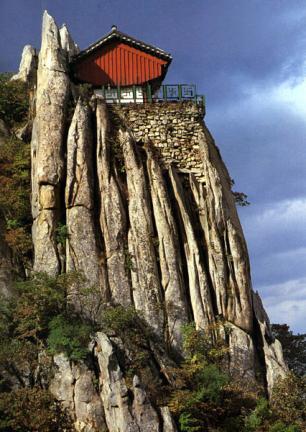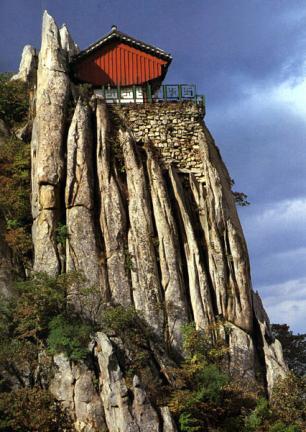국가유산 종목별 검색
경기도 기념물
연주대 (戀主臺)Yeonjudae Temple
| 분 류 | 자연유산 / 명승 / 문화경관 / 건물지 |
|---|---|
| 수량/면적 | 1기 |
| 지정(등록)일 | 1973.07.10 |
| 소 재 지 | 경기 과천시 중앙동 산12-4번지 |
| 소유자(소유단체) | 연주암 |
| 관리자(관리단체) | 연주암 |


경기도 기념물
연주대 (戀主臺)Yeonjudae Temple
| 분 류 | 자연유산 / 명승 / 문화경관 / 건물지 |
|---|---|
| 수량/면적 | 1기 |
| 지정(등록)일 | 1973.07.10 |
| 소 재 지 | 경기 과천시 중앙동 산12-4번지 |
| 소유자(소유단체) | 연주암 |
| 관리자(관리단체) | 연주암 |

ⓒ 2000. CULTURAL HERITAGE ADMINISTRATION. ALL RIGHTS RESERVED.



 국가유산
국가유산


